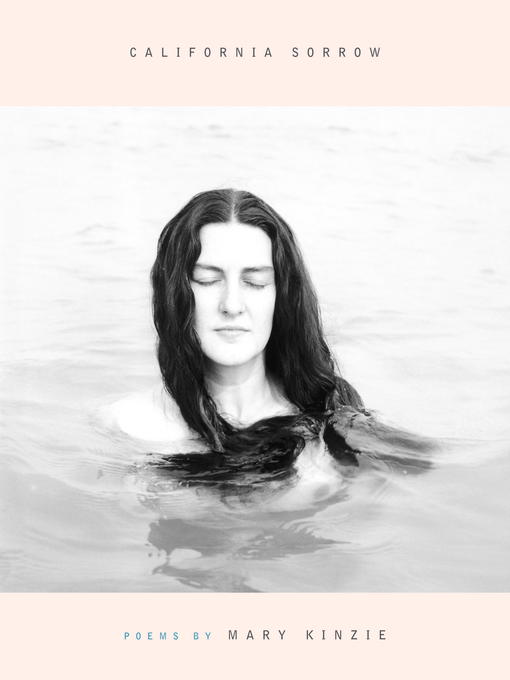
California Sorrow
- اطلاعات
- نقد و بررسی
- دیدگاه کاربران
نقد و بررسی

August 20, 2007
Kinzie's strong opinions, fierce emotions and serious attention both to visual details and to philosophical claims have won attention both for her poetry (Drift
) and ambitiously minatory literary criticism (The Judge Is Fury
). Readers familiar with her devotion to poems as decisive wholes may be surprised by the ways her new poems look and feel like constellations of fragments, phrases and sentences scattered all over a big, wide, airy page. Yet, the mood can be grim: the titular sequence makes a star, and a tragic figure, out of Emily Hale, T.S. Eliot's friend and correspondent, who may, or may not, have waited decades for a marriage proposal from Ol' Possum that never came. Another sequence, “The Poems I Am Not Writing,” incorporates some verse and lots of prose: “Poems have entered my being,” Kinzie confesses, “only after a stupor of watching” a life imagined as a mineral ore, all “hard and serious.” Crisp and harsh, full of self-accusation, remembering “wistful hours/ of self-righteous/ need,” Kinzie's collection has few unambiguous joys; it offers, instead, the pleasures of attention, of a writer willing to smash her poems to smithereens and then rebuild them as she attempts to meet her own stringent demands.

October 1, 2007
Part of the inspiration for Kinzie's seventh collection comes from poets like Howard Nemerov, Wallace Stevens, and Randall Jarrell, who are quoted or echoed here. The likes of e.e. cummings, William Carlos Williams, and A.R. Ammons can be seen in the shapes of about half of these poems, toowith the other half owing their form to the signature blocky paragraph style of prose poetry. With that as an overview, one can notice Kinzie's fondness for found poems, as she presents an object thatlike Williams's red wheelbarrowseems to resonate. A long poetry sequence ends, for example, with the image "a small ochre-yellow bulldozer with the brand VERMEER in black block letters shining in significance against the dirt." Kinzie also creates poems from dictionary definitions, calling the dictionary "a book that like a drug releases again the half-heard and the half understood." So that what had been dense is charged with a loosening light." At their best, these poems, basking in that light, provide a similar charge. Recommended for larger collections.Diane Scharper, Towson Univ., MD
Copyright 2007 Library Journal, LLC Used with permission.

September 15, 2007
Kinzie writes with striking specificity and feeling about our interstate landscape: the boiling sound of cars, windblown trash, and toxic haze, then observes that it is so different from Wordsworths golden mist. Indeed, our hurried, loud, and toxic world is leagues and epochs away from Wordsworths green and meditative realm, where people walk in vibrant, flowered, bird-sung nature. Now, nobody stops to see the moon. Kinzies poems range in form from a raga to blocks of prose in which the poet reaches for poetry much like an insomniac worries about having lost the art of sleep. In her seventh collection, Kinzie looks to poets of the past, including Paul Celan and T. S. Eliot. Autobiographical moments spiral into dramatic poems of discovery and wonder as Kinzie traces the fine mesh that connects humankind and nature, past and present, the lives of others and ones own. In Facing North a friend observes: The self is not an object but an act. Kinzies poems are artful acts of perception, vigilance, and compassion.(Reprinted with permission of Booklist, copyright 2007, American Library Association.)




دیدگاه کاربران